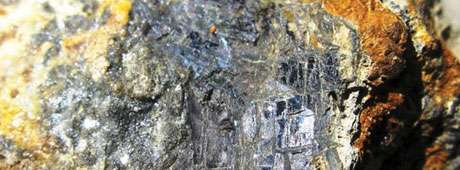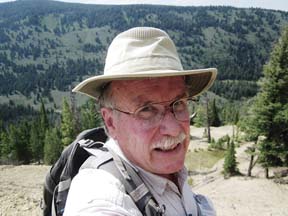No products in the cart.
The Smoky Mines

Boom! And Then Poof
Story and Photos by Ray Brooks
As a feet-on-the-ground amateur historian, I not only like to research the stories of Idaho mines and ore mills but to explore the sites, which often are deep in the mountains. Last winter, I started looking through old issues of Ketchum and Hailey newspapers to learn what I could about the mining history of the Carrietown area, which is near the head of Little Smoky Creek, up the South Fork Boise River. It enjoyed a boom in the 1880s and ‘90s, although it was pretty much over by 1900. Carrietown is shown on maps, but before 1900, the area was called Smoky or referred to as the Smoky Mines. Over the past quarter-century—including quite a bit of trekking last summer—I’ve visited four ore mills in the area and the remains of most of the Smoky Mines, which are in the Smoky Mountains, now part of the Sawtooth National Forest. Other than ore dumps and some log cabins, very few impressive artifacts remain standing, but it’s interesting that Idaho historians apparently have not noted how important the mining district once was, since little was written about it after the 1800s.
The earliest mention I could find of what became known as the Smoky Mines was in a national newspaper, The Mining and Scientific Press, of August 6, 1881. An article with a map about the Wood River mining boom states, “At the head of Warm Springs Creek are the Climax, Carrie Leonard, and other (mines), assaying from 100 to 3,000 ounces (of silver per ton of ore) smelting ore.” In those days, very high-grade lead silver ore might carry as much as sixty percent lead and up to 3,000 ounces of silver per ton, although that was rare.
In June 1886, an article in Hailey’s Wood River Times proclaimed, “The Smoky Mining District is attracting deserved attention this year, as it contains more promising mines than any other region of equal extent in the world, with the exception of the incomparable Butte (Montana) and Comstock (Nevada) Districts, and the Smoky District promises to surpass even these in time.” The article noted that about two hundred people were employed in and around the mining district.
This content is available for purchase. Please select from available options.
Purchase Only
Purchase Only


One Response to The Smoky Mines
Judy Crist -
at
So enjoy Rays history